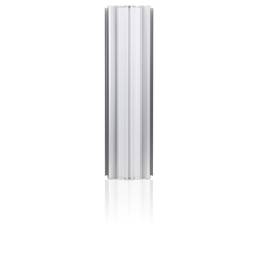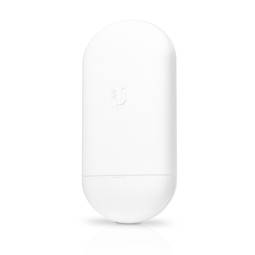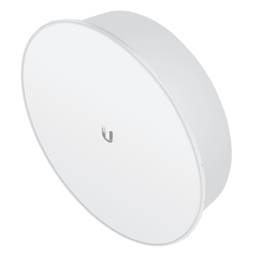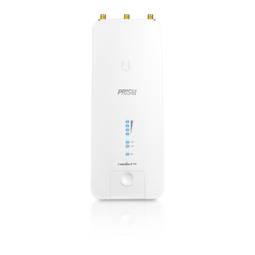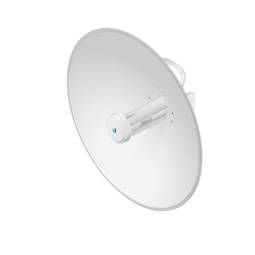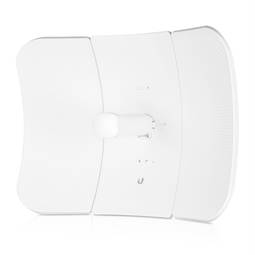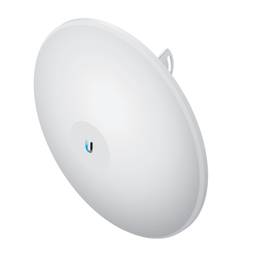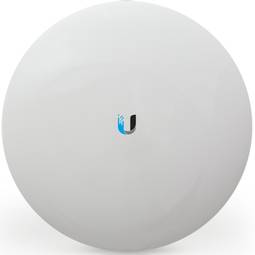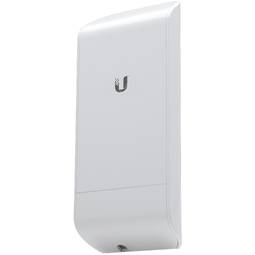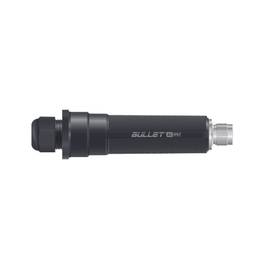05/09/2024 5:54 a.m.
https://cablematic.com/en/products/ubiquiti-amo-2g13-airmax-omni-24ghz-antenna-with-13dbi-360deg-range-UI141/
https://cablematic.com/en/products/ubiquiti-amo-2g13-airmax-omni-24ghz-antenna-with-13dbi-360deg-range-UI141/
Ubiquiti AMO-2G13 AirMax Omni 2.4GHz Antenna with 13dBi 360° Range
REF: UI141
Specifications
- Ubiquiti Networks AMO-2G13
- Antenna gain (max): 13 dBi
- Band frequency: 2.4 GHz
- Horizontal Beamwidth (2.4 GHz): 7°
- Antenna type: Sector antenna
PVP
€301.66
Price including VAT:
€301.66
PVD
€244.85
PVP: Retail price.
Check conditions.
PVP: Sale price to distributors.
Check conditions.
warranty
returns
safe
We will notify you when it is back in stock.
Specifications
- Ubiquiti Networks AMO-2G13
- Antenna gain (max): 13 dBi
- Band frequency: 2.4 GHz
- Horizontal Beamwidth (2.4 GHz): 7°
- Antenna type: Sector antenna
More info
Ubiquiti sector antenna with a maximum gain of 13 dBi, working in the 2.4 GHz band frequency. The horizontal beam angle is 7° and its polarization is dual. The Voltage Standing Wave Ratio (VSWR) is 1.7:1. This antenna measures 1390mm wide, 122mm deep and 105mm high. Sold per pack of 1 piece. Manufactured by Ubiquiti with reference AMO-2G13.
Specifications
Specifications
- Ubiquiti Networks AMO-2G13
- Antenna gain (max): 13 dBi
- Band frequency: 2.4 GHz
- Horizontal Beamwidth (2.4 GHz): 7°
- Antenna type: Sector antenna
- Polarization: Dual Polarization
- Voltage Standing Wave Ratio (VSWR): 1.7:1
- Width: 1390mm
- Depth: 122mm
- Height: 105mm
- Quantity per package: 1 pc(s)
- Ubiquiti manufacturer reference: AMO-2G13
- Ideal for: Covering 2.4GHz radio areas with high gain
- Compatibilities: Compatible with most 2.4GHz devices
- Connections: RP-SMA connection
- Features: High gain, dual polarization, 7° horizontal beamwidth
- White color
- Technology: Wi-Fi 2.4GHz
- Gross Weight: 1.0 kg
- Number of packages: 1
- Master-pack: 1
Technical terms
- Hz
- dBi
Hz
One hertz is one cycle per second, meaning repeating cycle as an event. For example, hertz is applied physics measuring the number of times for a second wave (either acoustic or electromagnetic) is repeated or can be applied, among other uses, to ocean waves that reach the Beach vibrations per second or a solid. The quantity that measures the frequency hertz is called,in this regard, the inverse of the period. One hertz is an oscillation frequency of suffering a particle over a period of one second.







